Chris Stoughton
Engaging Presentations
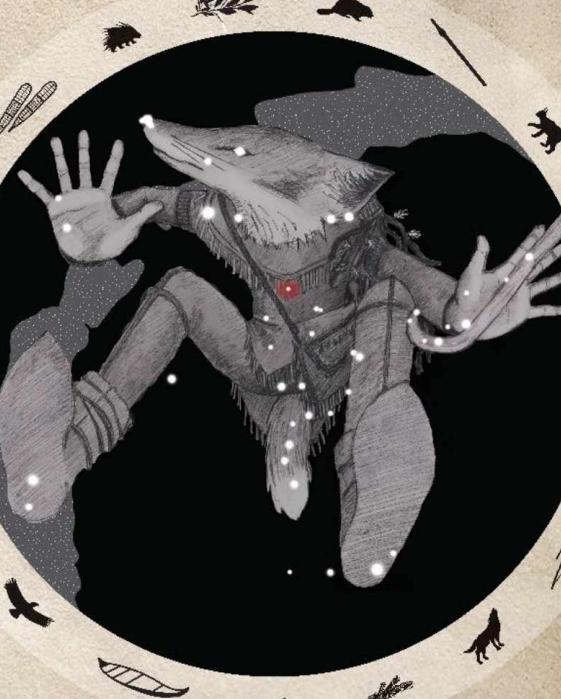 Northern Dene Astronomy The Gwich’in Traveler constellation Yahdii covers the northern sky, introducing us to the rich traditions of the Dene people.
Northern Dene Astronomy The Gwich’in Traveler constellation Yahdii covers the northern sky, introducing us to the rich traditions of the Dene people.
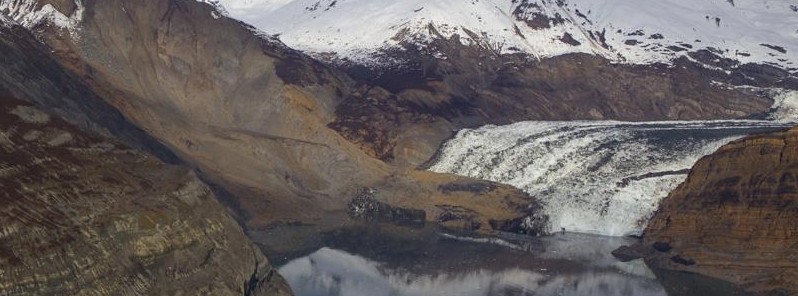 Glaciers and Tsunamis: Nature’s Hidden Power Glaciers may seem slow and silent, but they shape the land in ways that can trigger sudden, towering tsunamis. In Alaska’s rugged fjords, ice, rock, and gravity collide in one of nature’s most powerful—and least expected—forces.
Glaciers and Tsunamis: Nature’s Hidden Power Glaciers may seem slow and silent, but they shape the land in ways that can trigger sudden, towering tsunamis. In Alaska’s rugged fjords, ice, rock, and gravity collide in one of nature’s most powerful—and least expected—forces.
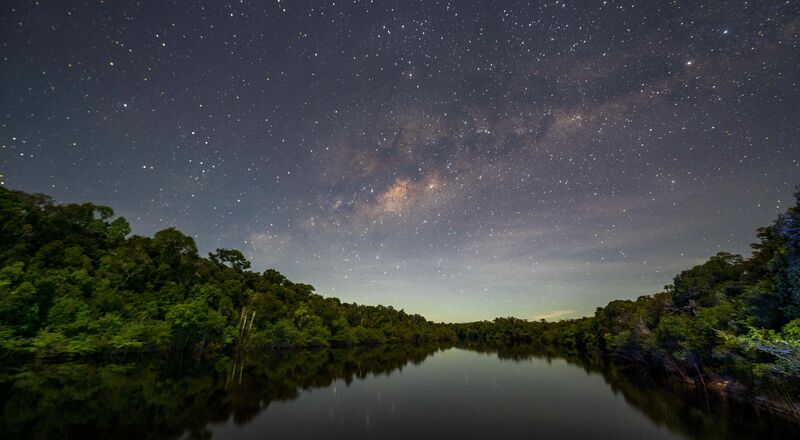 Ancient Amazon Cosmology The cosmology of the Amazonian peoples is vast, diverse, and deeply interwoven with their environment. Indigenous groups have developed sophisticated worldviews in which the sky, earth, rivers, and spirits are all interconnected. Their understanding of the cosmos forms the foundation of their cultural identity and way of life.
Ancient Amazon Cosmology The cosmology of the Amazonian peoples is vast, diverse, and deeply interwoven with their environment. Indigenous groups have developed sophisticated worldviews in which the sky, earth, rivers, and spirits are all interconnected. Their understanding of the cosmos forms the foundation of their cultural identity and way of life.
 Argentina and the Cosmos: A Southern Hemisphere Giant in Astronomy Argentina may be best known for tango, wine, and Patagonia—but it’s also one of the most important countries in the Southern Hemisphere for modern astronomy. With its clear skies, high altitudes, and international partnerships, Argentina has become a vital player in exploring the universe.
Argentina and the Cosmos: A Southern Hemisphere Giant in Astronomy Argentina may be best known for tango, wine, and Patagonia—but it’s also one of the most important countries in the Southern Hemisphere for modern astronomy. With its clear skies, high altitudes, and international partnerships, Argentina has become a vital player in exploring the universe.
 Belfast’s Astronomical Legacy Armagh Observatory, founded in 1790, is one of the oldest active astronomical institutions in the world.Its planetarium brings astronomy to all. Lord Kelvin, whose work explains the age of the Earth and the Universe, hails from Belfast.
Belfast’s Astronomical Legacy Armagh Observatory, founded in 1790, is one of the oldest active astronomical institutions in the world.Its planetarium brings astronomy to all. Lord Kelvin, whose work explains the age of the Earth and the Universe, hails from Belfast.
 From Fishermen to Star Watchers: Maritime Lore and the Skies of Búzios Set in this charming coastal town, the talk examines how early fishing communities and Indigenous coastal tribes used the stars for navigation and seasonal planning, blending ocean rhythms with celestial cycles in their daily lives and beliefs.
From Fishermen to Star Watchers: Maritime Lore and the Skies of Búzios Set in this charming coastal town, the talk examines how early fishing communities and Indigenous coastal tribes used the stars for navigation and seasonal planning, blending ocean rhythms with celestial cycles in their daily lives and beliefs.
 From Scotland to the the Big Bang Combining Vicotorian grandeur with utility, the Royal Observatory Edinburgh has made major contributions to astronomy, from early star mapping and astrometry in the 19th century to pioneering infrared astronomy through work on the UK Infrared Telescope.
From Scotland to the the Big Bang Combining Vicotorian grandeur with utility, the Royal Observatory Edinburgh has made major contributions to astronomy, from early star mapping and astrometry in the 19th century to pioneering infrared astronomy through work on the UK Infrared Telescope.
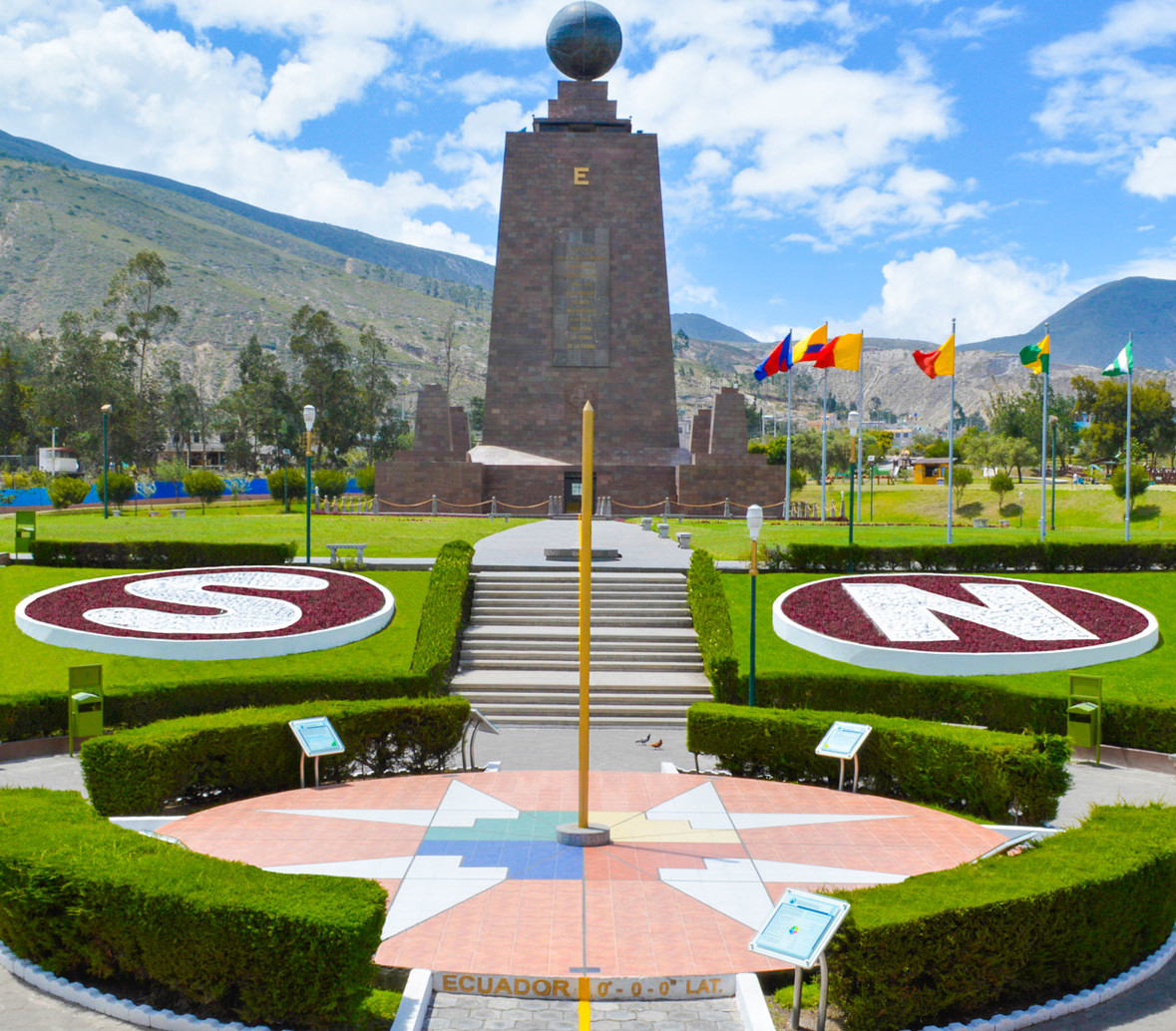 Where in the World is the Equator? Journey to the equator with tales of science, myth-busting, and the French Geodesic Mission that helped shape our understanding of Earth—literally. Discover how precision mapping began and where it’s headed next.
Where in the World is the Equator? Journey to the equator with tales of science, myth-busting, and the French Geodesic Mission that helped shape our understanding of Earth—literally. Discover how precision mapping began and where it’s headed next.
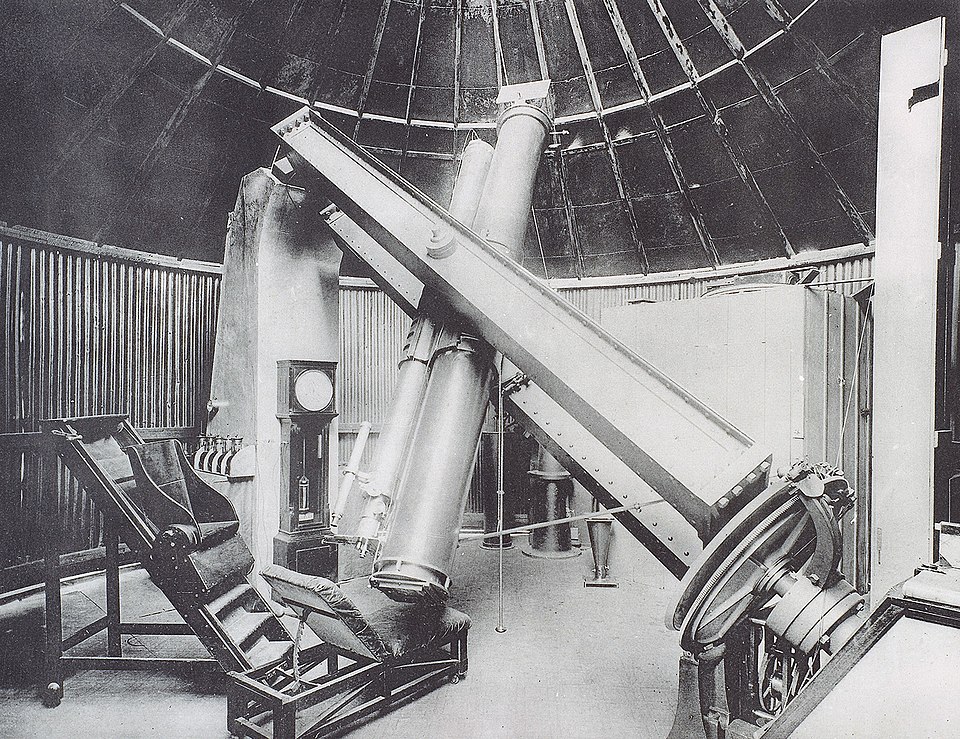 From French Sky Maps to the Digital Universe The meticulous observational culture of early French sky maps set a precedent for accuracy and cataloging. Modern surveys continue this work, evolving from visual sketches to data-rich, digital sky surveys that shape our understanding of the cosmos.
From French Sky Maps to the Digital Universe The meticulous observational culture of early French sky maps set a precedent for accuracy and cataloging. Modern surveys continue this work, evolving from visual sketches to data-rich, digital sky surveys that shape our understanding of the cosmos.
 John Glenn’s Epic Excursion Relive John Glenn’s legendary splashdown near Grand Turk Island and celebrate the brilliant minds -— armed with slide rules and pocket protectors -— who made it happen. Because yes, it was rocket science.
John Glenn’s Epic Excursion Relive John Glenn’s legendary splashdown near Grand Turk Island and celebrate the brilliant minds -— armed with slide rules and pocket protectors -— who made it happen. Because yes, it was rocket science.
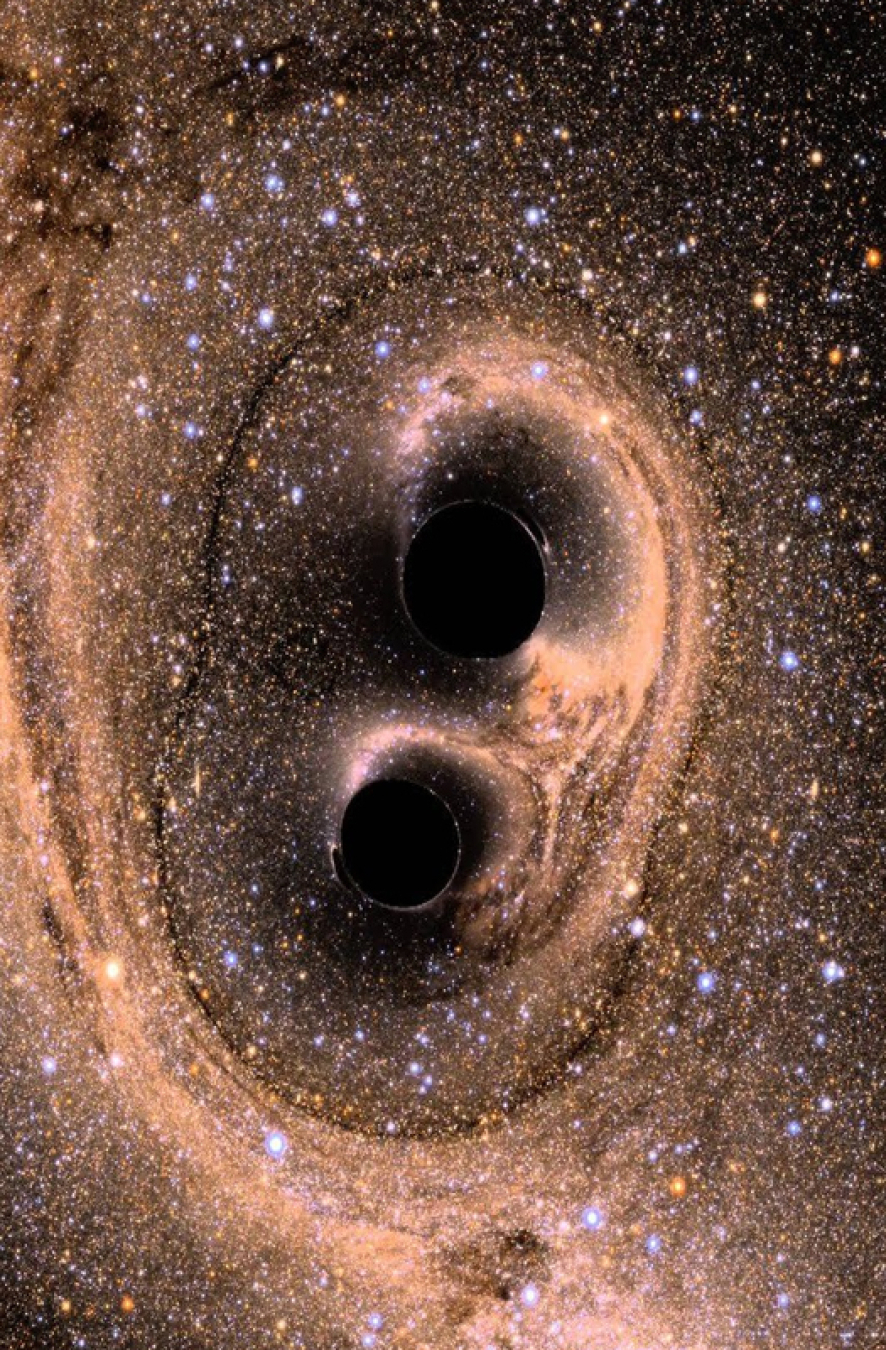 Surfing on Gravitational Waves Einstein predicted them—but never thought we’d catch them. A century later, scientists heard the cosmic “chirps” of black holes colliding. Discover how we learned to detect ripples in spacetime itself and what it really takes to ride a gravitational wave.
Surfing on Gravitational Waves Einstein predicted them—but never thought we’d catch them. A century later, scientists heard the cosmic “chirps” of black holes colliding. Discover how we learned to detect ripples in spacetime itself and what it really takes to ride a gravitational wave.
 Gravity is not so Simple After All! Einstein’s Copenhagen Problem – Gravity is one of the deepest mysteries in modern physics, refusing to play by the same rules as the quantum world. This talk explores how scientists are testing gravity in bold new ways, from dark matter to extra dimensions, revealing why the universe’s oldest force might just be its most puzzling.
Gravity is not so Simple After All! Einstein’s Copenhagen Problem – Gravity is one of the deepest mysteries in modern physics, refusing to play by the same rules as the quantum world. This talk explores how scientists are testing gravity in bold new ways, from dark matter to extra dimensions, revealing why the universe’s oldest force might just be its most puzzling.
 Kuşadası: Reaching for the Stars Long before telescopes and space probes, the journey to understand the cosmos began with questions—big ones. In the lands around Kuşadası and Ephesus, ancient minds gazed upward and dared to ask: What if the stars obeyed laws, not gods?
Kuşadası: Reaching for the Stars Long before telescopes and space probes, the journey to understand the cosmos began with questions—big ones. In the lands around Kuşadası and Ephesus, ancient minds gazed upward and dared to ask: What if the stars obeyed laws, not gods?
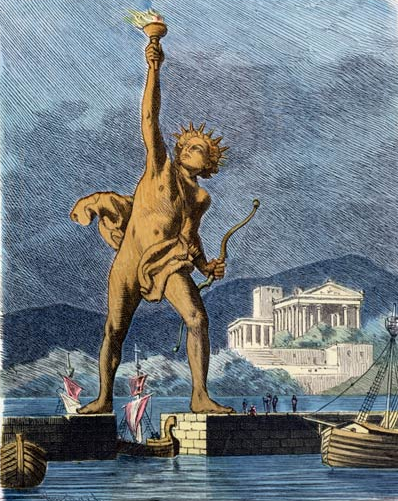 Santorini and Rhodes: Where Myths Meet the Stars In Greece, mythology isn’t just carved into marble or whispered through ruins—it blazes across the sky. Santorini and Rhodes are two islands where ancient stories didn’t just happen—-they erupted, gleamed, and reached for the heavens.
Santorini and Rhodes: Where Myths Meet the Stars In Greece, mythology isn’t just carved into marble or whispered through ruins—it blazes across the sky. Santorini and Rhodes are two islands where ancient stories didn’t just happen—-they erupted, gleamed, and reached for the heavens.
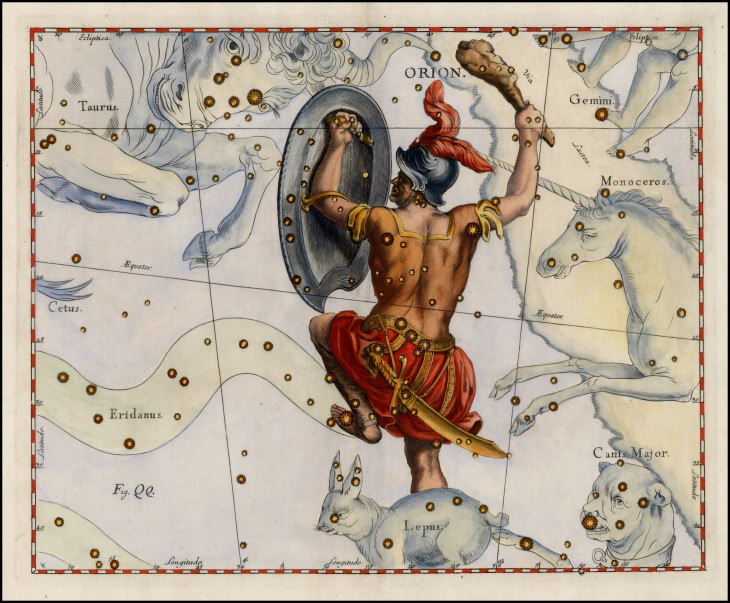 Heroes, Hunters & the Heavenly Zoo The night sky isn’t just stars—it’s a cosmic comic book, a glowing tapestry of gods, monsters, and epic showdowns. Every constellation has a tale, and ancient Greece wrote them in starlight.
Heroes, Hunters & the Heavenly Zoo The night sky isn’t just stars—it’s a cosmic comic book, a glowing tapestry of gods, monsters, and epic showdowns. Every constellation has a tale, and ancient Greece wrote them in starlight.
 Edvard Grieg: Music of Earth and Sky Let the music of Edvard Grieg guide you through Norway’s soul—its soaring fjords, shimmering skies, and ancient Norse legends. Though born in Bergen, Grieg only truly “discovered” Norway after studying abroad, returning with melodies that captured the magic of his homeland. His music weaves together nature, myth, and memory into a timeless symphony of Earth and sky.
Edvard Grieg: Music of Earth and Sky Let the music of Edvard Grieg guide you through Norway’s soul—its soaring fjords, shimmering skies, and ancient Norse legends. Though born in Bergen, Grieg only truly “discovered” Norway after studying abroad, returning with melodies that captured the magic of his homeland. His music weaves together nature, myth, and memory into a timeless symphony of Earth and sky.
 Guaraní and Charrua: A Cosmic Tapestry of Stories and Symbols Learn from the past. For the Charrúa, the night sky was a spiritual realm where gods, ancestors, and cosmic forces resided. Like the Guaraní, they likely saw celestial events as sacred, guiding rituals and shaping their understanding of the universe.
Guaraní and Charrua: A Cosmic Tapestry of Stories and Symbols Learn from the past. For the Charrúa, the night sky was a spiritual realm where gods, ancestors, and cosmic forces resided. Like the Guaraní, they likely saw celestial events as sacred, guiding rituals and shaping their understanding of the universe.
 Castle Cornet’s Clock Overlooking Guernsey’s St. Peter Port harbour, the clock tower commemorates the 18th century revoultion in maritime navigation and operation. The clock reflects Guernsey’s seafaring past, where precise timekeeping supported harbor activities and defense, serving as a historical tribute to the era when clocks transformed the seas.
Castle Cornet’s Clock Overlooking Guernsey’s St. Peter Port harbour, the clock tower commemorates the 18th century revoultion in maritime navigation and operation. The clock reflects Guernsey’s seafaring past, where precise timekeeping supported harbor activities and defense, serving as a historical tribute to the era when clocks transformed the seas.
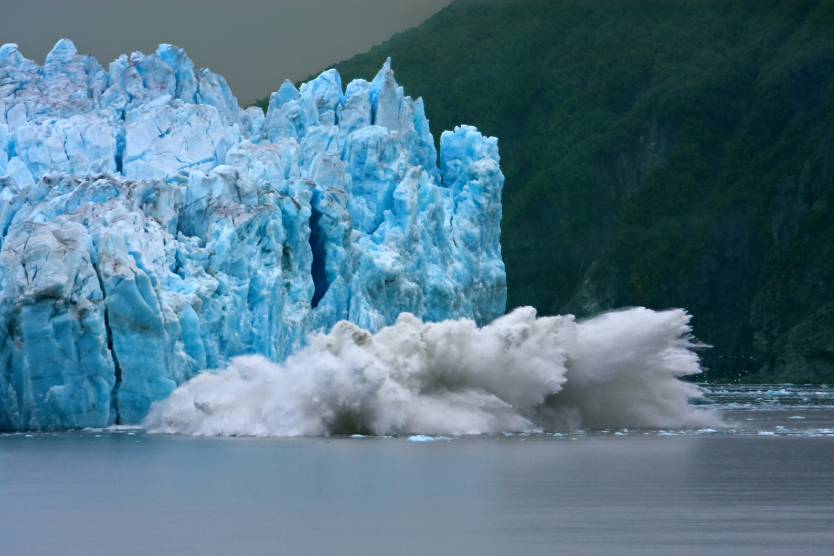 Dynamic Hubbard Glacier From the rugged coastlines of eastern Alaska to the wild expanse of Yukon, Canada, the Hubbard Glacier stands as an ancient force of nature—immense, unyielding, and alive with motion. It carves through mountains with glacial patience, dams mighty fjords with silent strength, and advances ever forward with the quiet, relentless power of time itself.
Dynamic Hubbard Glacier From the rugged coastlines of eastern Alaska to the wild expanse of Yukon, Canada, the Hubbard Glacier stands as an ancient force of nature—immense, unyielding, and alive with motion. It carves through mountains with glacial patience, dams mighty fjords with silent strength, and advances ever forward with the quiet, relentless power of time itself.
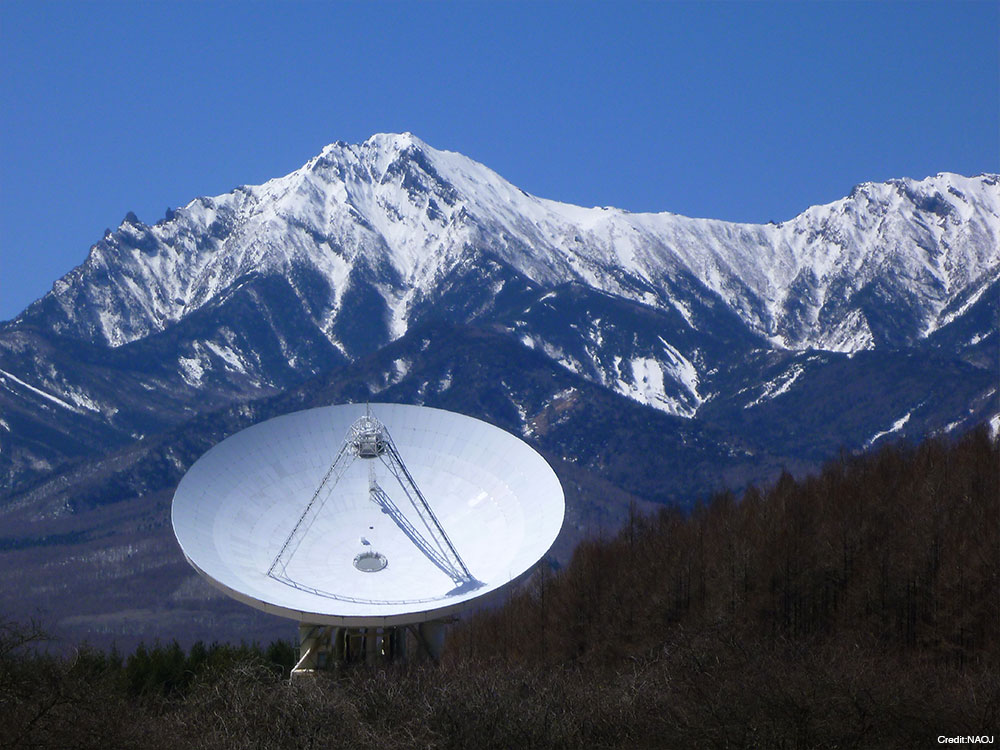 Astronomy in Japan Modern Japanese astronomy stands at the forefront of global space science and observation, blending cutting-edge technology with a deep cultural reverence for the cosmos.From the Subaru Telescope on Mauna Kea, to space missions to retrieve samples from asteriods, to a range of radio telecopes, it continues to expand our understanding of the universe while inspiring awe and discovery both locally and worldwide.
Astronomy in Japan Modern Japanese astronomy stands at the forefront of global space science and observation, blending cutting-edge technology with a deep cultural reverence for the cosmos.From the Subaru Telescope on Mauna Kea, to space missions to retrieve samples from asteriods, to a range of radio telecopes, it continues to expand our understanding of the universe while inspiring awe and discovery both locally and worldwide.
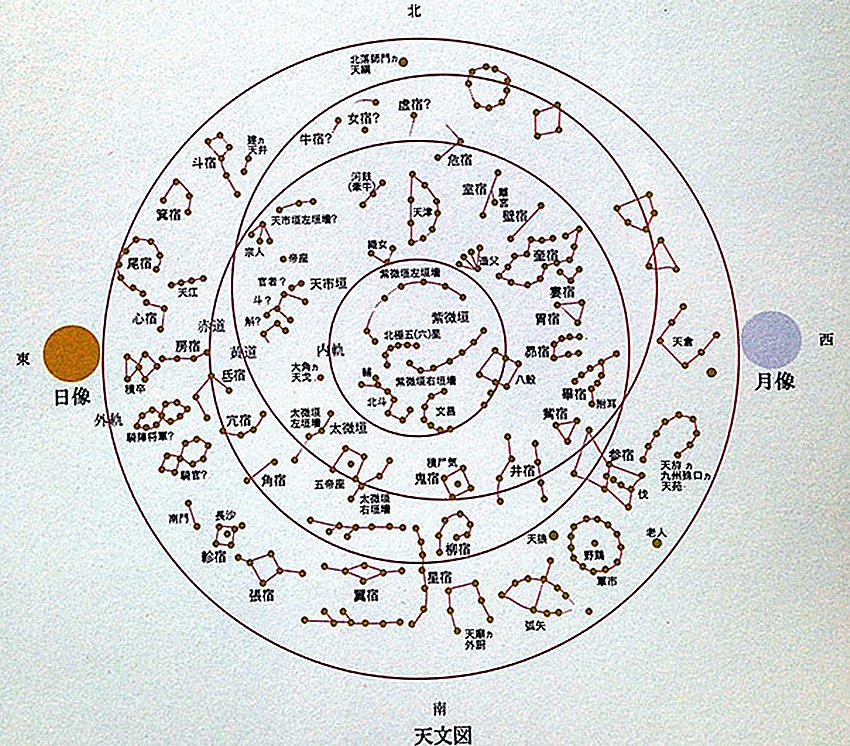 Japanese Sky Maps From ancient stargazers to cutting-edge space science, Japan’s connection to the cosmos runs deep. Explore stunning maps of the Universe created by Japanese astronomers and hear the stories behind the telescopes that helped revolutionize modern astronomy.
Japanese Sky Maps From ancient stargazers to cutting-edge space science, Japan’s connection to the cosmos runs deep. Explore stunning maps of the Universe created by Japanese astronomers and hear the stories behind the telescopes that helped revolutionize modern astronomy.
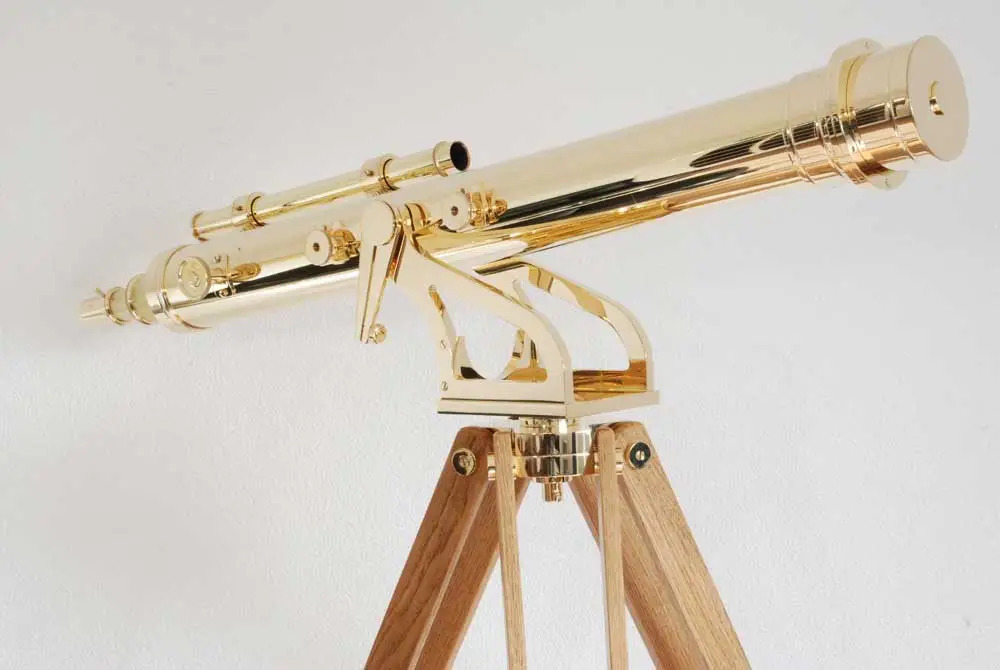 Japan’s First Telescope In 1611, King James gave the world’s most sophisticated scientific instrument to Japan: a two-meter long telescope, cased in silver and covered with gold. The original is lost to time and memory, but was commemorated 400 years later with a second gift of the Japan400 Presentation Telescope
Japan’s First Telescope In 1611, King James gave the world’s most sophisticated scientific instrument to Japan: a two-meter long telescope, cased in silver and covered with gold. The original is lost to time and memory, but was commemorated 400 years later with a second gift of the Japan400 Presentation Telescope
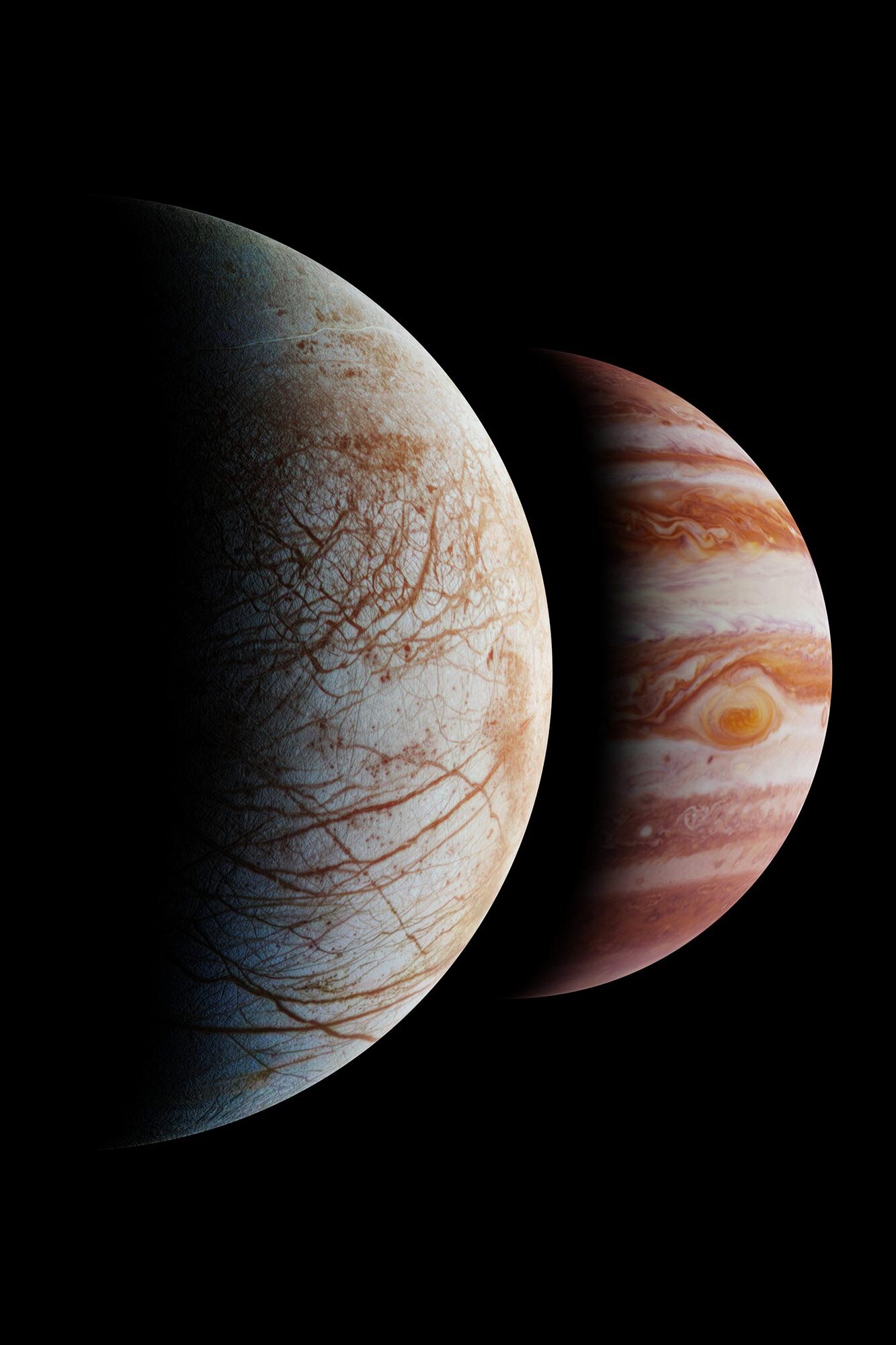 Future Excursions to the Moons of Jupiter Galileo saw tiny dots—today, we see adventure. From icy oceans to volcanic vistas, Jupiter’s moons are full of surprises. Could they even host life? Pack your imagination and get ready for a journey where the locals might be more than just friendly!
Future Excursions to the Moons of Jupiter Galileo saw tiny dots—today, we see adventure. From icy oceans to volcanic vistas, Jupiter’s moons are full of surprises. Could they even host life? Pack your imagination and get ready for a journey where the locals might be more than just friendly!
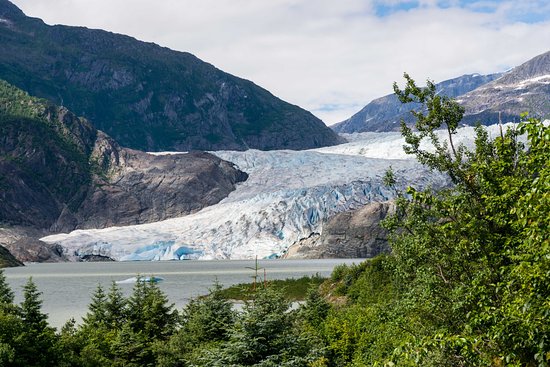 Gateway to the Rainforest: The Story of Ketchikan Explore the vibrant cultural history of Alaska’s first city—home to Native Tlingit heritage, a booming salmon industry, and the lush Tongass National Forest. This talk delves into the human and natural forces that have shaped Ketchikan.
Gateway to the Rainforest: The Story of Ketchikan Explore the vibrant cultural history of Alaska’s first city—home to Native Tlingit heritage, a booming salmon industry, and the lush Tongass National Forest. This talk delves into the human and natural forces that have shaped Ketchikan.
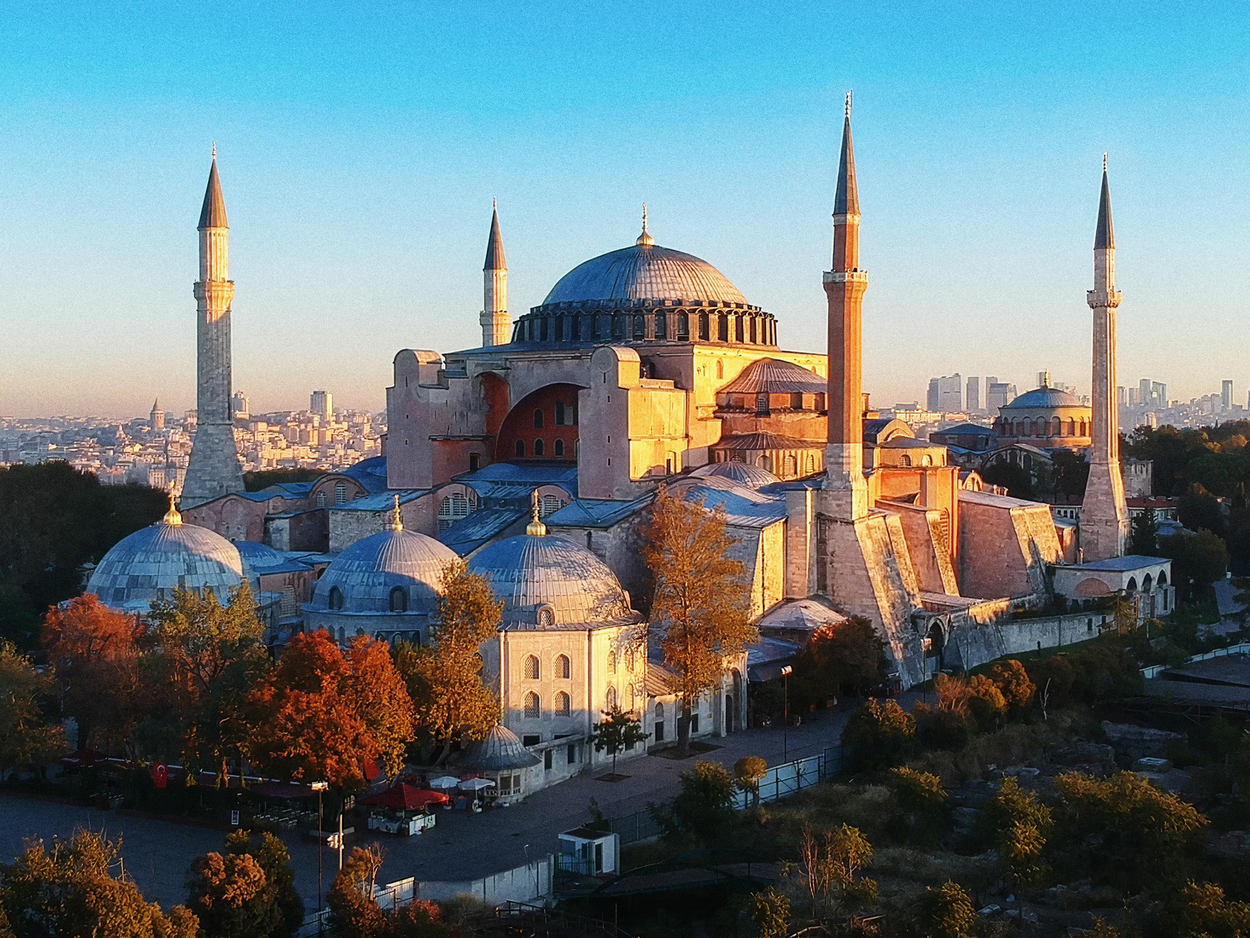 Kuşadası & Ephesus: Where Philosophy Met the Stars Kuşadası (Ephesus) and Istanbul (Byzantium) represent the philosophical birth and cultural preservation of ancient astronomy, where skywatching evolved from sacred ritual to scientific inquiry.
Kuşadası & Ephesus: Where Philosophy Met the Stars Kuşadası (Ephesus) and Istanbul (Byzantium) represent the philosophical birth and cultural preservation of ancient astronomy, where skywatching evolved from sacred ritual to scientific inquiry.
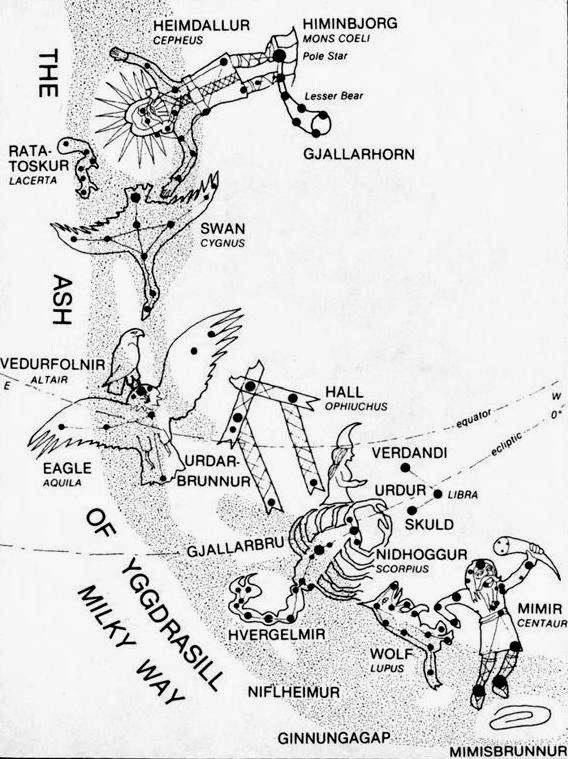 Nordic Constellations and Lore From sky-bound warriors to mythical beasts that guided ancient seafarers, discover how the Nordic people read the stars and what their constellations reveal about their beliefs, values, and deep connection to the cosmos.
Nordic Constellations and Lore From sky-bound warriors to mythical beasts that guided ancient seafarers, discover how the Nordic people read the stars and what their constellations reveal about their beliefs, values, and deep connection to the cosmos.
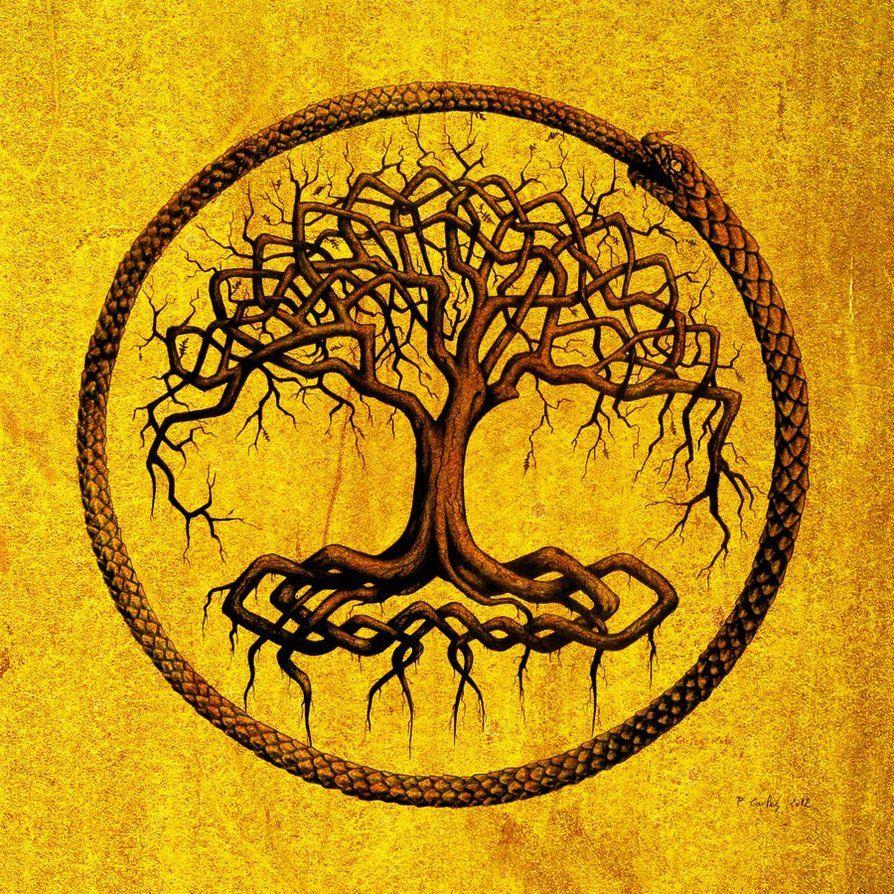 From Myth to Modern Science: Nordic Cosmology and Astrophysics Journey from ancient myths to modern science as we explore how Norse cosmology—filled with gods, world trees, and cosmic beasts—mirrors today’s understanding of the universe. From Yggdrasil to cosmic rebirth, discover how myth and science both seek to explain the stars and our place among them.
From Myth to Modern Science: Nordic Cosmology and Astrophysics Journey from ancient myths to modern science as we explore how Norse cosmology—filled with gods, world trees, and cosmic beasts—mirrors today’s understanding of the universe. From Yggdrasil to cosmic rebirth, discover how myth and science both seek to explain the stars and our place among them.
 Fjords, Fossils, and Fire Norway’s epic landscape tells a story billions of years in the making. From glacier-carved fjords and ancient mountain ranges to fiery origins and fossil-filled rocks, discover how Earth’s raw power shaped one of the world’s most breathtaking coastlines. A journey through deep time —- no hiking boots required!
Fjords, Fossils, and Fire Norway’s epic landscape tells a story billions of years in the making. From glacier-carved fjords and ancient mountain ranges to fiery origins and fossil-filled rocks, discover how Earth’s raw power shaped one of the world’s most breathtaking coastlines. A journey through deep time —- no hiking boots required!
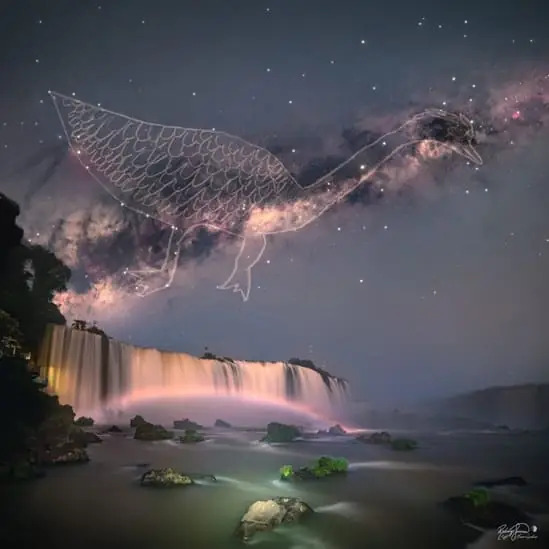 Portals to the Past: Atronomy, Trade, and Ancient Beliefs in Parana In this historic port town, we trace the connection between astronomy and ancient trade. Learn how Indigenous groups like the Guarani used the stars for seasonal timing and ritual, while also considering how the port itself became a meeting point of sky-inspired worldviews.
Portals to the Past: Atronomy, Trade, and Ancient Beliefs in Parana In this historic port town, we trace the connection between astronomy and ancient trade. Learn how Indigenous groups like the Guarani used the stars for seasonal timing and ritual, while also considering how the port itself became a meeting point of sky-inspired worldviews.
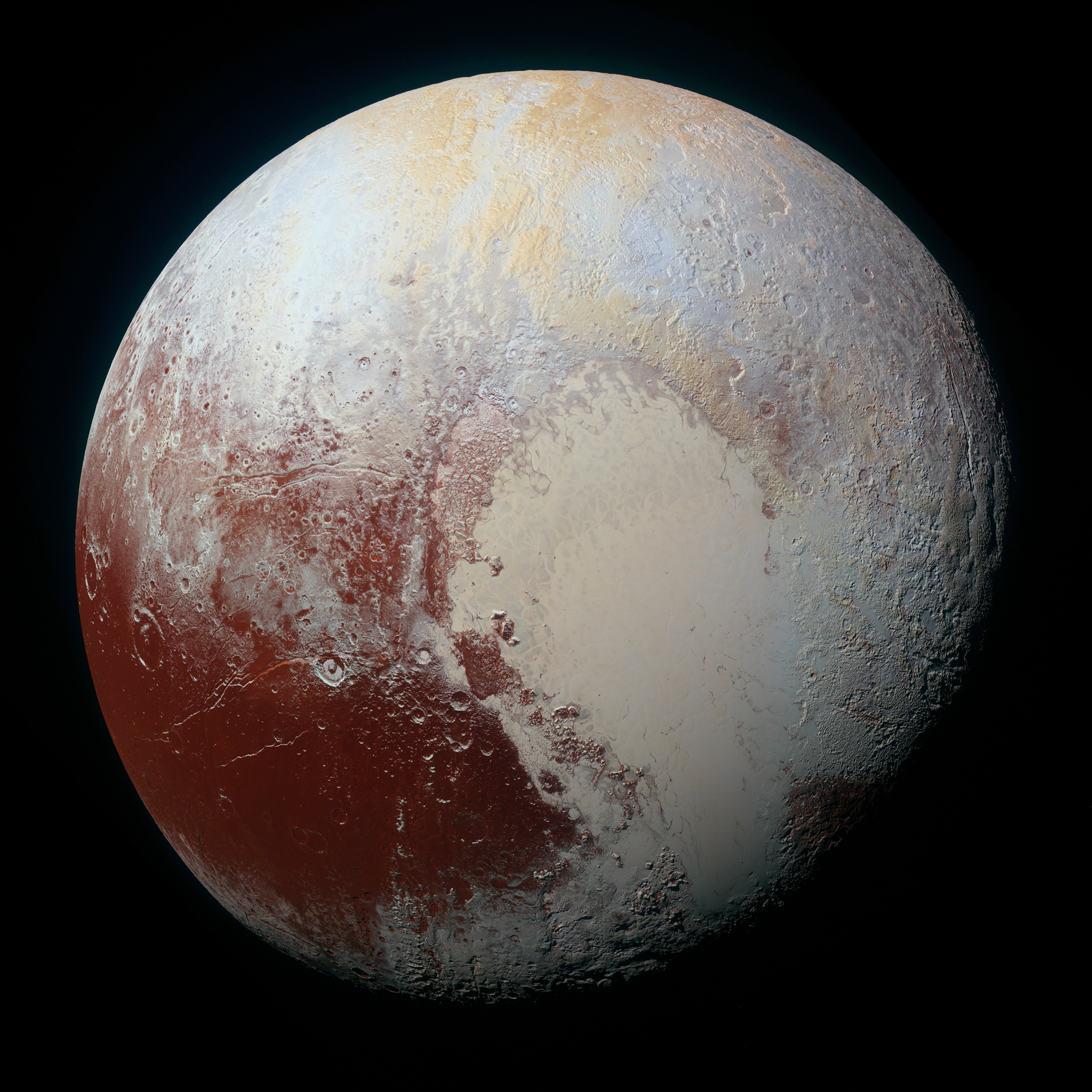 What’s up with Pluto? Why isn’t Pluto a planet anymore? What have we learned since the big change? Get the latest on the New Horizons mission, explore Pluto’s icy surface, and see how its glaciers stack up against Earth’s. Space, science, and a little bit of mystery.
What’s up with Pluto? Why isn’t Pluto a planet anymore? What have we learned since the big change? Get the latest on the New Horizons mission, explore Pluto’s icy surface, and see how its glaciers stack up against Earth’s. Space, science, and a little bit of mystery.
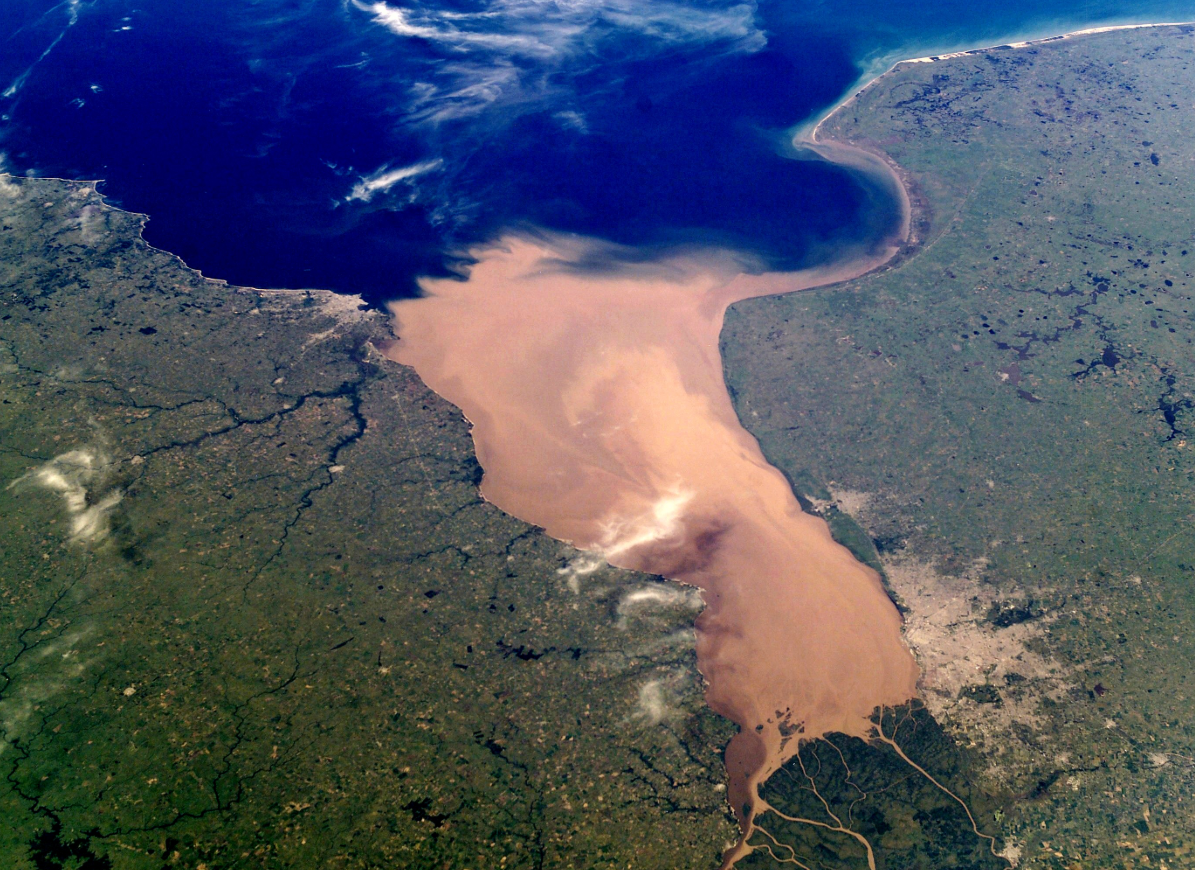 Where the Sky Meets the Sea: South Atlantic Cosmologies and Ancient Timekeepers There’s something poetic about standing in Punta del Este, where the Atlantic Ocean meets the Río de la Plata, and looking up at the stars. This is a literal and symbolic place of convergence: sea and sky, old world and new, earthly journeys and celestial visions. The Charrúa and the Guarani, lived in deep connection with the rhythms of nature—and with the sky.
Where the Sky Meets the Sea: South Atlantic Cosmologies and Ancient Timekeepers There’s something poetic about standing in Punta del Este, where the Atlantic Ocean meets the Río de la Plata, and looking up at the stars. This is a literal and symbolic place of convergence: sea and sky, old world and new, earthly journeys and celestial visions. The Charrúa and the Guarani, lived in deep connection with the rhythms of nature—and with the sky.
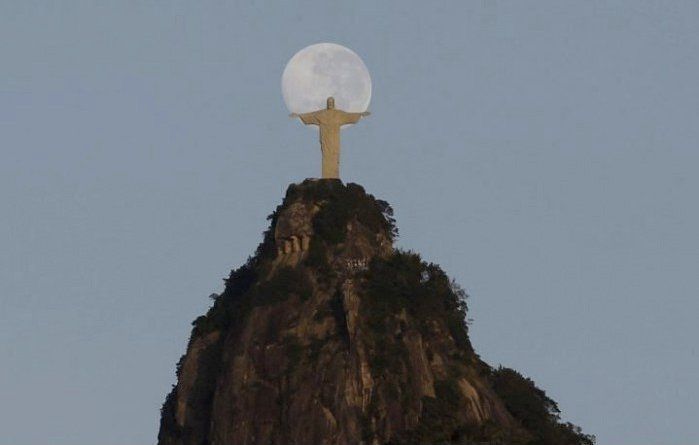 Stars over Sugarloaf: Indigenous Sky Lore and the Cosmos of Brazil Explores the celestial traditions of Brazil’s Indigenous peoples, including how they interpreted the stars, planets, and seasonal cycles. Modern Rio stands at the crossroads of ancient and modern science.
Stars over Sugarloaf: Indigenous Sky Lore and the Cosmos of Brazil Explores the celestial traditions of Brazil’s Indigenous peoples, including how they interpreted the stars, planets, and seasonal cycles. Modern Rio stands at the crossroads of ancient and modern science.
 How did Gold get in the Hills around Skaway? It takes a lot to make a little gold! From extreme collisions and explosions in space, to tectonic plats and super-heated hydrothermal systems, we’ll see how to cook up a few nuggets of gold.
How did Gold get in the Hills around Skaway? It takes a lot to make a little gold! From extreme collisions and explosions in space, to tectonic plats and super-heated hydrothermal systems, we’ll see how to cook up a few nuggets of gold.
 Solobservatoriet – Norway’s Historic Window to the Stars Norway’s oldest astronomical observatory brings the wonders of the celestial sphere down to earth
Solobservatoriet – Norway’s Historic Window to the Stars Norway’s oldest astronomical observatory brings the wonders of the celestial sphere down to earth
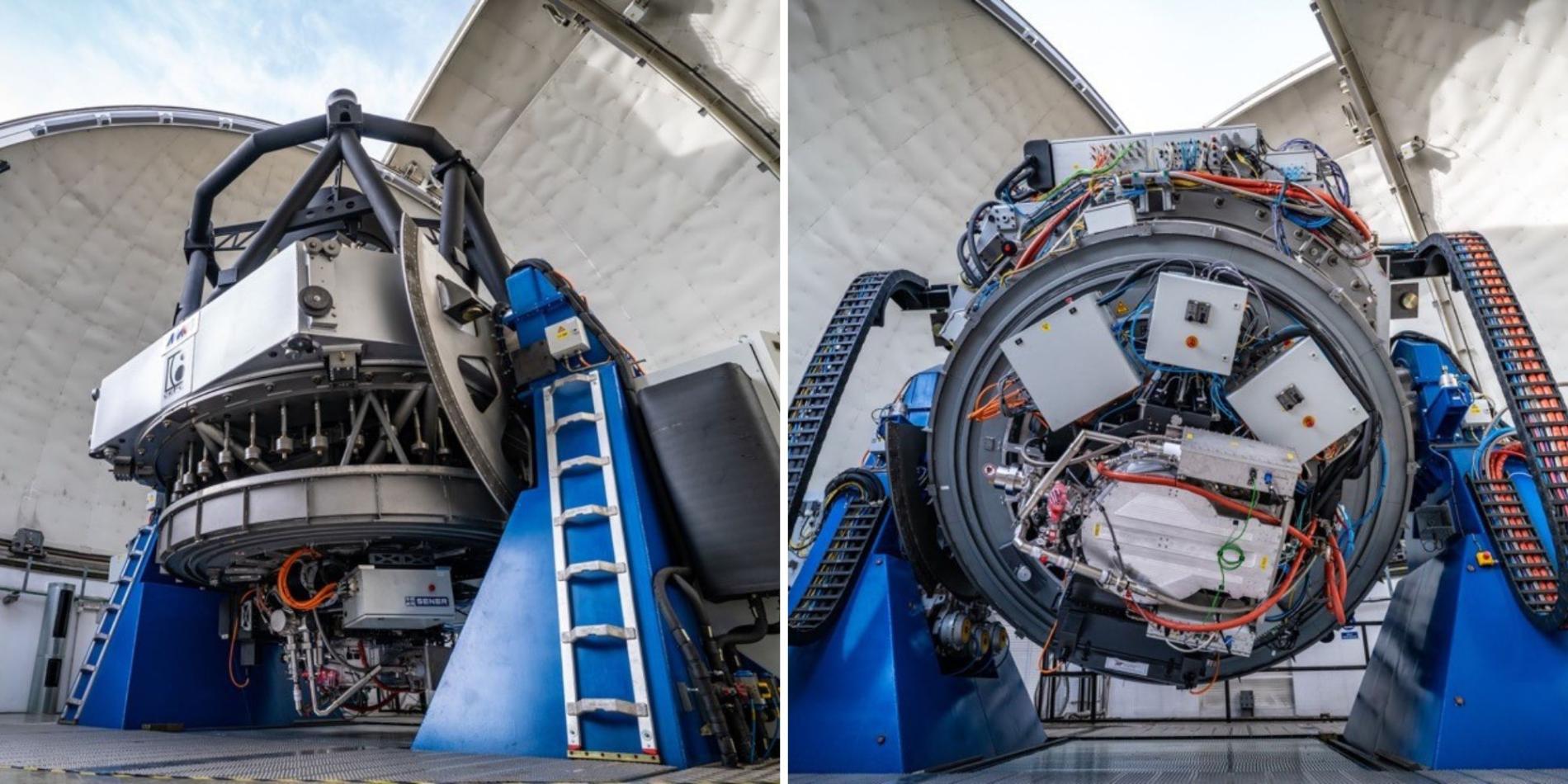 Spain’s Window to the Stars Spanish influence in global space science continues a rich legacy of astronomical discovery dating back to the Middle Ages. So as we enjoy the beauty of Spain’s coast from the sea, remember: this country isn’t just famous for its wine, music, and historic cities—it’s also helping to chart the very structure of the universe.
Spain’s Window to the Stars Spanish influence in global space science continues a rich legacy of astronomical discovery dating back to the Middle Ages. So as we enjoy the beauty of Spain’s coast from the sea, remember: this country isn’t just famous for its wine, music, and historic cities—it’s also helping to chart the very structure of the universe.
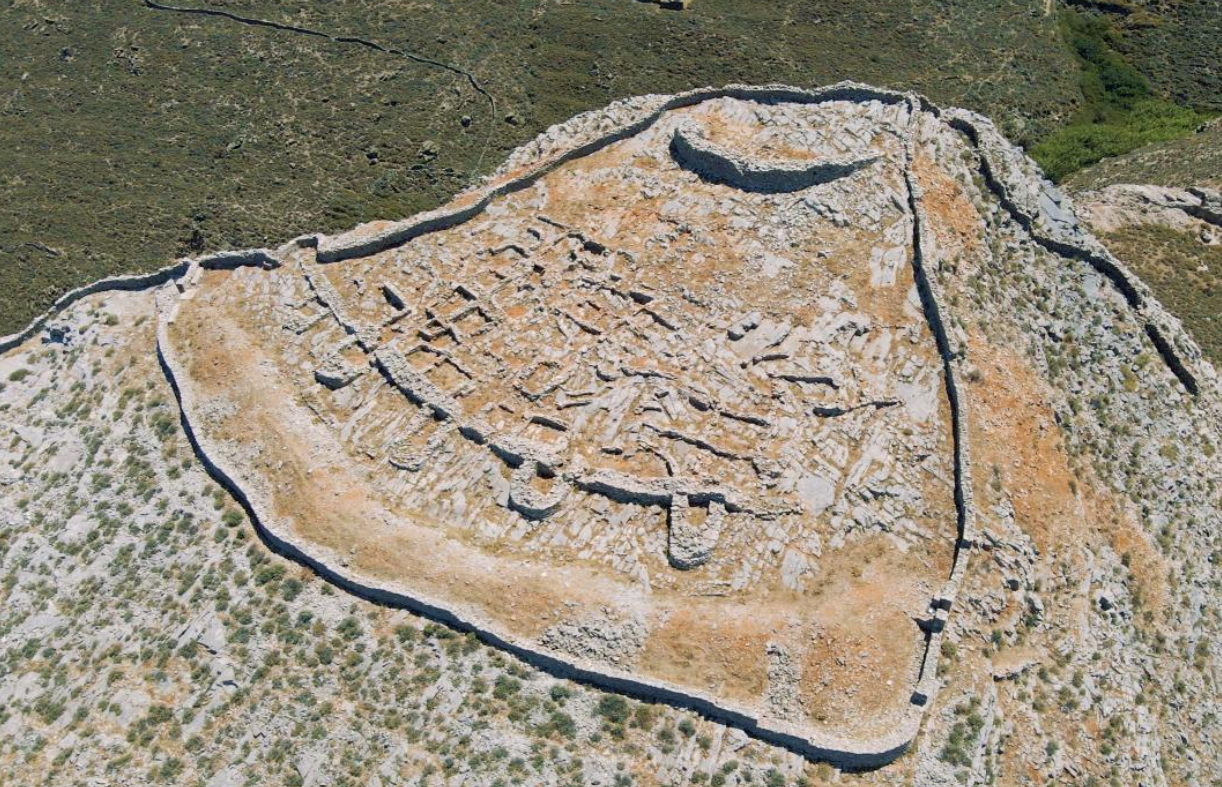 Syros: Where the Cosmos Found Its Voice Tucked in the heart of the Cyclades, Syros is more than a picturesque island—it’s a hidden chapter in humanity’s first attempts to understand the universe.
Syros: Where the Cosmos Found Its Voice Tucked in the heart of the Cyclades, Syros is more than a picturesque island—it’s a hidden chapter in humanity’s first attempts to understand the universe.
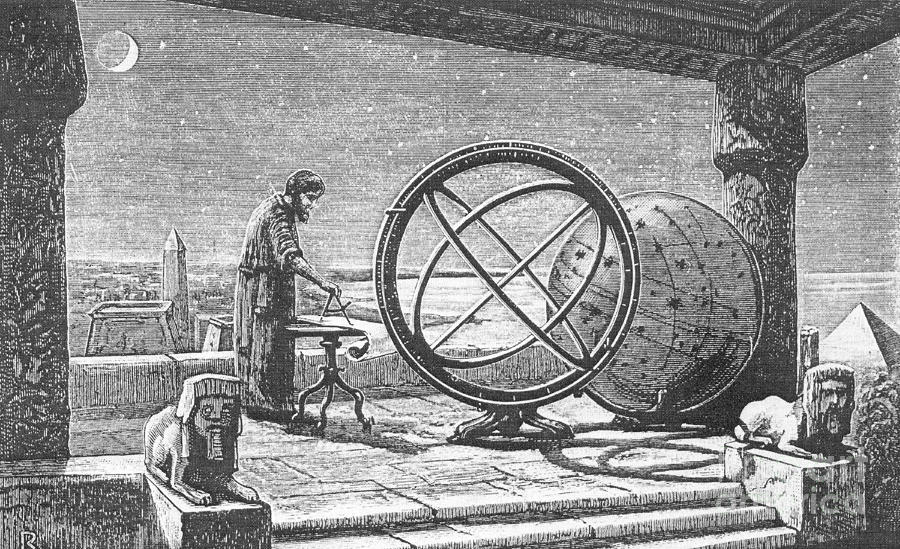 Thessaloniki: Stargazing, Saints, and the Science of Easter Thessaloniki isn’t just a modern port city—it’s a time machine that spans empires, faiths, and the stars. Founded in 315 B.C., this vibrant northern Greek city became a cultural and intellectual bridge between the ancient and Christian worlds.
Thessaloniki: Stargazing, Saints, and the Science of Easter Thessaloniki isn’t just a modern port city—it’s a time machine that spans empires, faiths, and the stars. Founded in 315 B.C., this vibrant northern Greek city became a cultural and intellectual bridge between the ancient and Christian worlds.
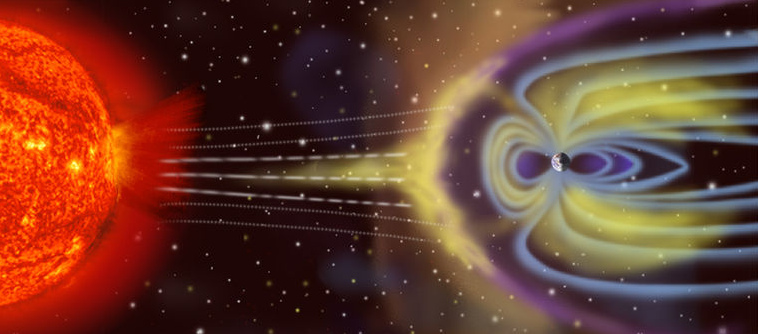 Tromso: Gateway to Aurora Why do the northern lights do what they do? What do they reaveal about our planet earth? The Tromso Geophysical Observatory answers these questions and more.
Tromso: Gateway to Aurora Why do the northern lights do what they do? What do they reaveal about our planet earth? The Tromso Geophysical Observatory answers these questions and more.
 Northern Dene Astronomy The Gwich’in Traveler constellation Yahdii covers the northern sky, introducing us to the rich traditions of the Dene people.
Northern Dene Astronomy The Gwich’in Traveler constellation Yahdii covers the northern sky, introducing us to the rich traditions of the Dene people.